Habitats: This species lives mainly in a variety of mainly lowland habitats, including wet and dry tropical forests, savannahs, scrublands, and grasslands. They are often associated with sal (Shorea robusta) forests in the Terai Arc of Nepal and India, and in dry deciduous forests and grasslands in central and western India. Genetic evidence (in scats) show that individuals can cross wide expanses of human-dominated habitats with only sparse scrub as shelter and few sources of natural food. They often use bouldery hillocks, with caves where they can avoid high temperatures during the day, and come out to feed in the evening. In areas without natural caves, they dig day dens in dry riverbeds (nullas).

Sloth bear_M ursinus_Chitwan Nepal_forest road through lowland forest habitat_D Garshelis
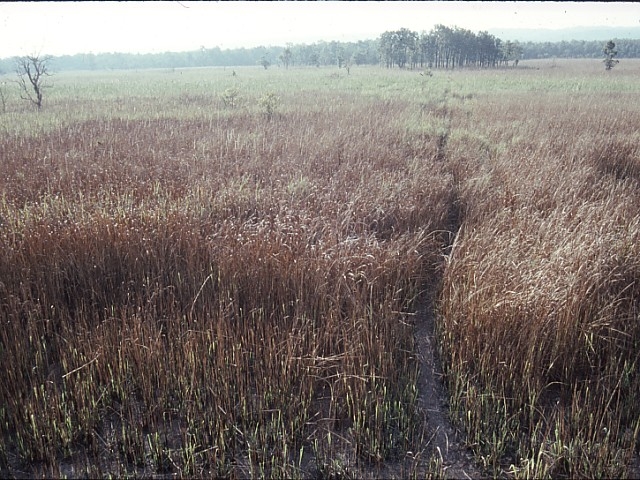
Sloth bear_M ursinus_Chitwan Nepal_prime grassland habitat_D Garshelis
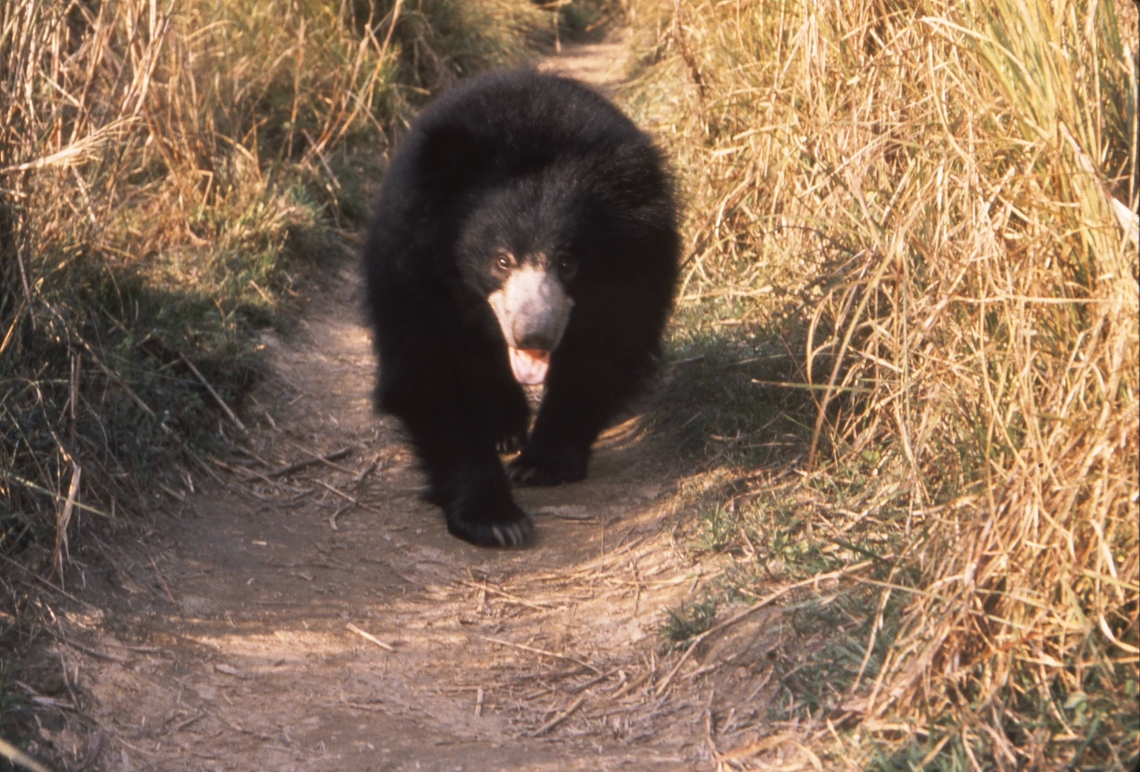
Sloth bear_M ursinus_Chitwan Nepal_bear on trail in grasslands D Garshelis
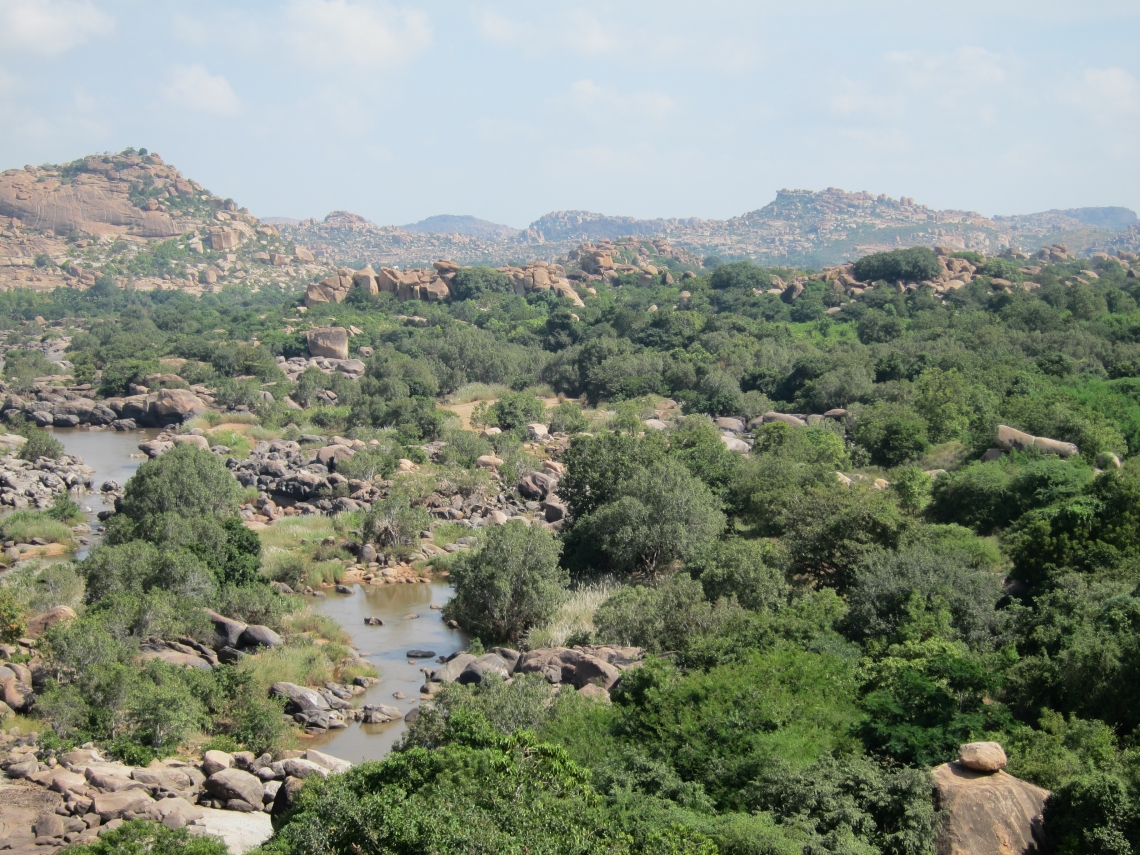
Sloth bear_M ursinus_Karnataka India_scrub bouldery habitat_D Garshelis

Sloth bear_M ursinus_Karnataka India_boulder field habitat_D Garshelis
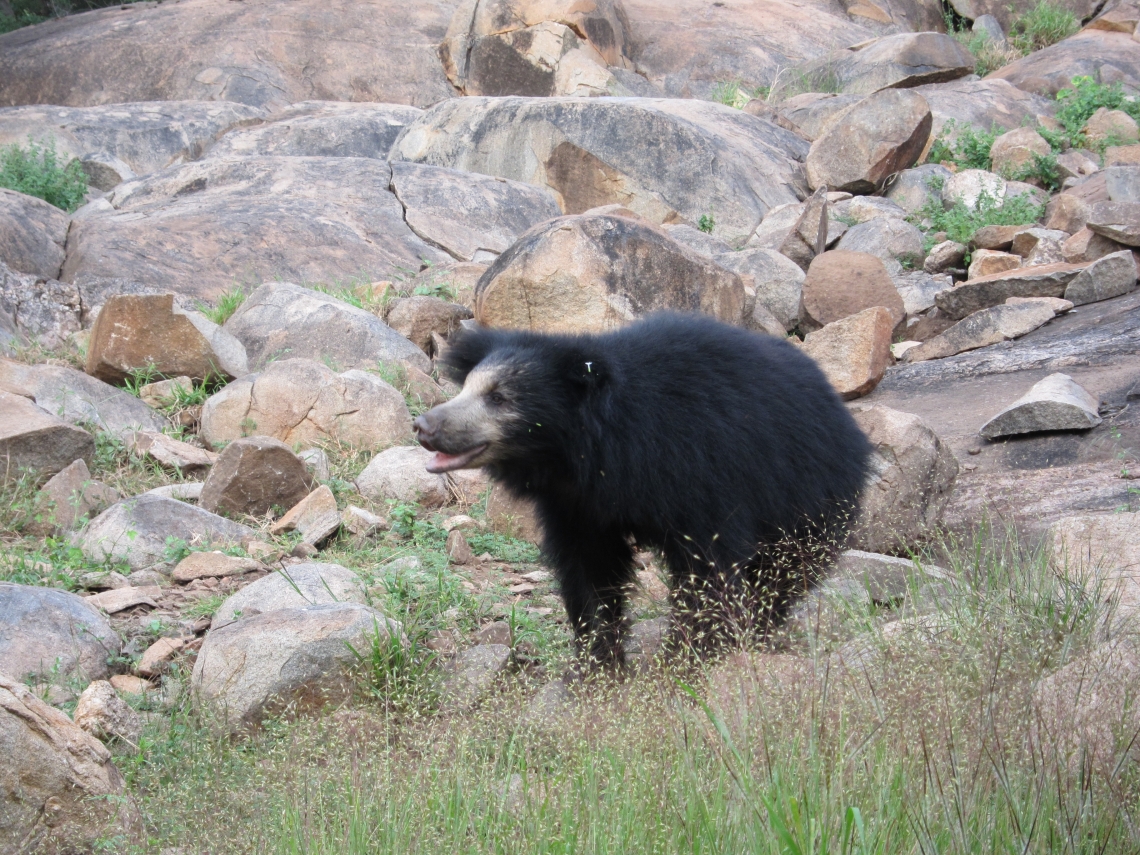
Sloth bear_M ursinus_Karnataka India_bear in boulder field_D Garshelis
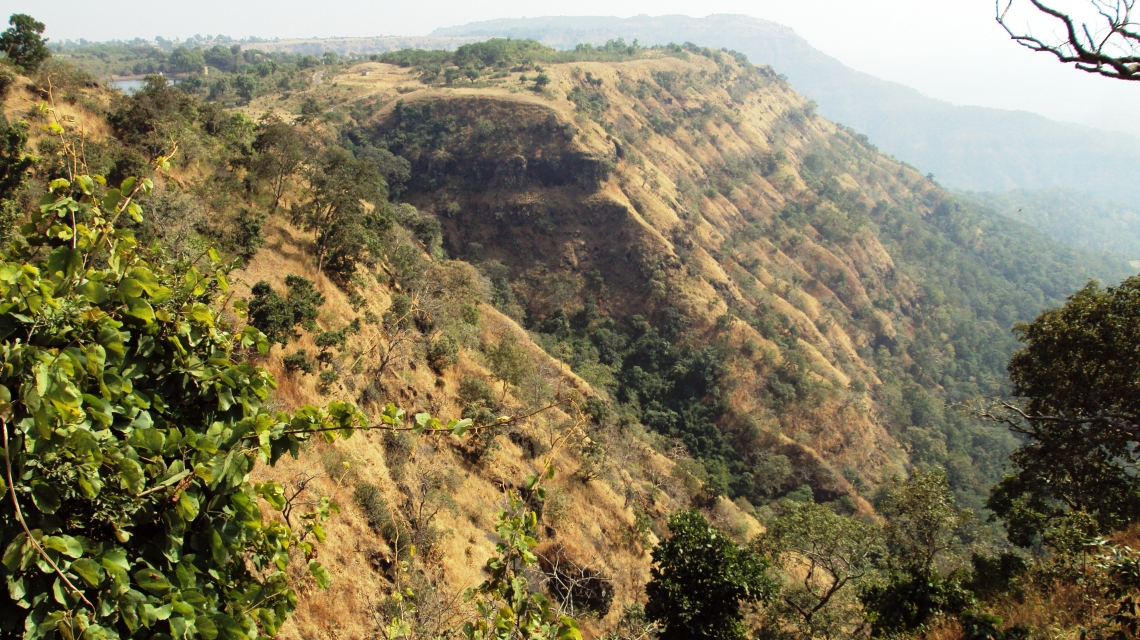
Sloth bear_M ursinus_Maharashtra_hilly habitat_N Dharaiya
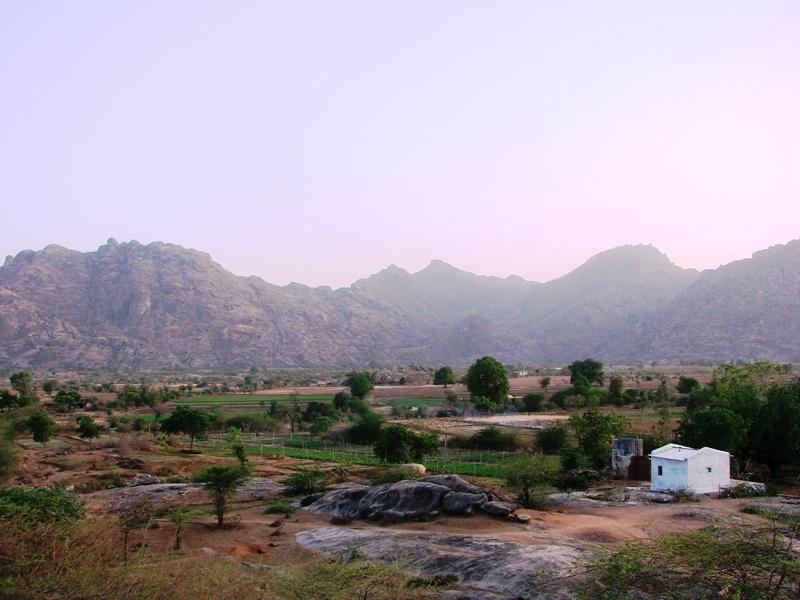
Sloth bear_M ursinus_Gujarat India_habitat near human settlement_N Dharaiya

Sloth bear_M ursinus_Gujarat India_habitat near human settlement_N Dharaiya
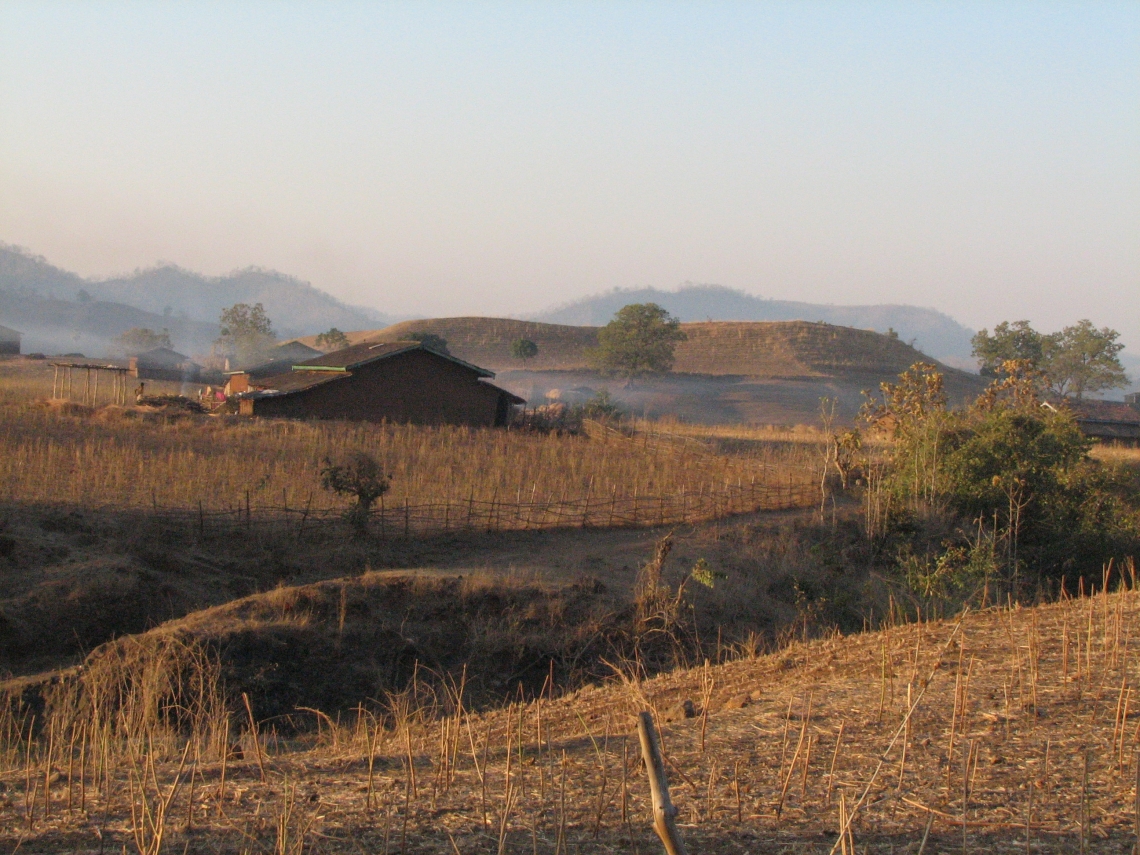
Sloth bear_M ursinus_Gujarat India_sparsely vegetated bear habitat_N Dharaiya
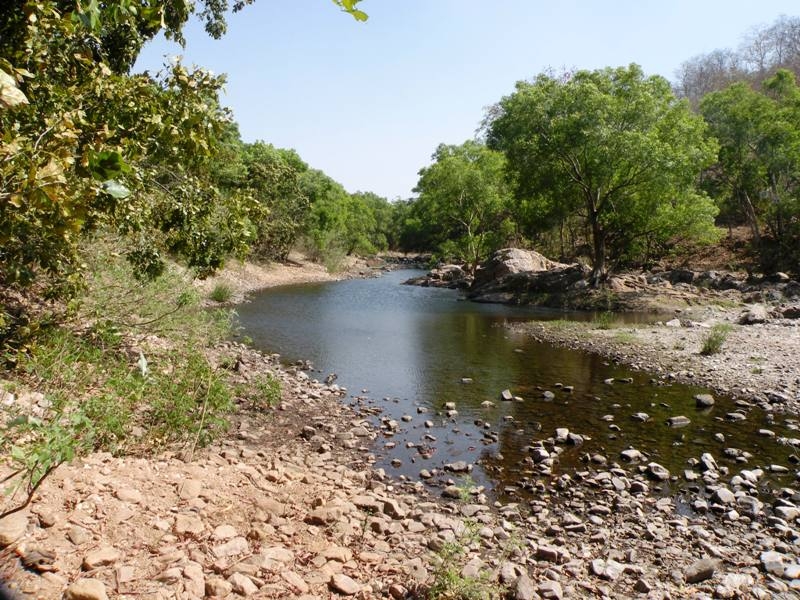
Sloth bear_M ursinus_Gujarat India_river in bear habitat_N Dharaiya
Diet: Sloth bears are the only species of bear adapted specifically for myrmecophagy (ant and termite-eating). There is no known place where this species exists without termites or ants as a dietary mainstay, and only a few places where termites are not a major portion of the diet (i.e., where they live mainly on ants). They also eat fruits to varying extent, dependent on seasonal and regional availability. Fruits may comprise 70‒90% of their diet during the fruiting season in some areas, whereas termites and other insects may comprise >80% of their diet during the rest of the year. Sloth bears will also consume crops such as maize, sugar cane, peanuts, and various fruits from orchards, but they are not as apt to feed on crops as the more omnivorous bears.

Sloth bear_M ursinus_Chitwan Nepal_digging termite mound_A Joshi
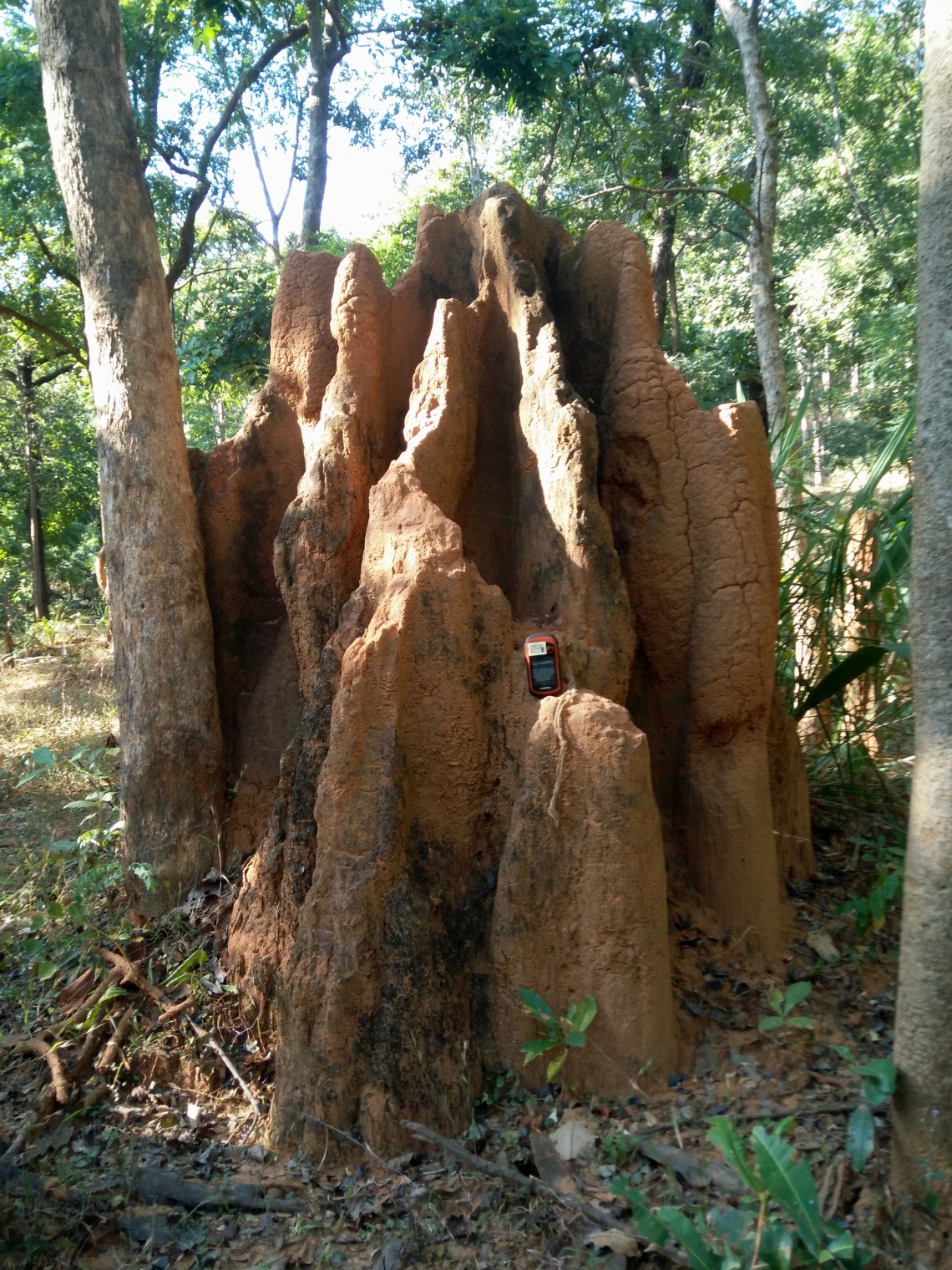
Sloth bear_M ursinus_Maharashtra India_termite mound_Prachi Thatte
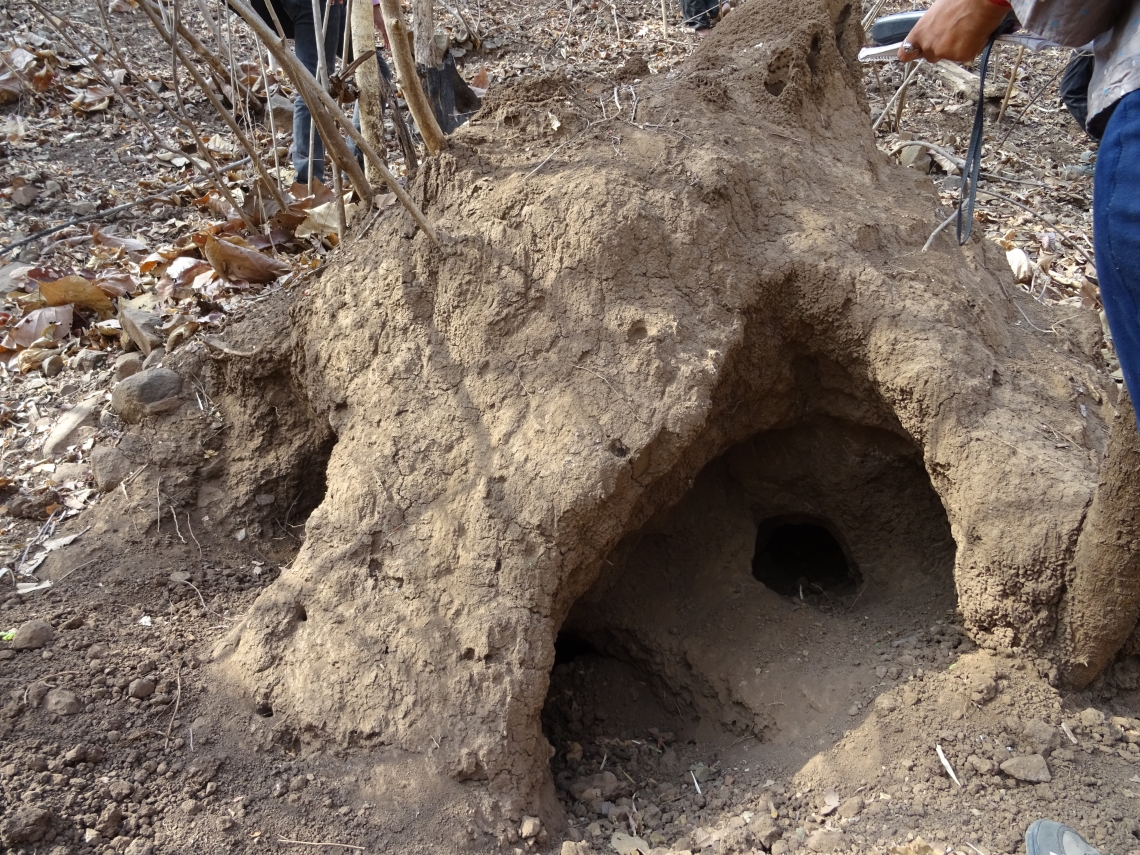
Sloth bear_M ursinus_Maharashtra India_excavated termite mound_Nisha Singh
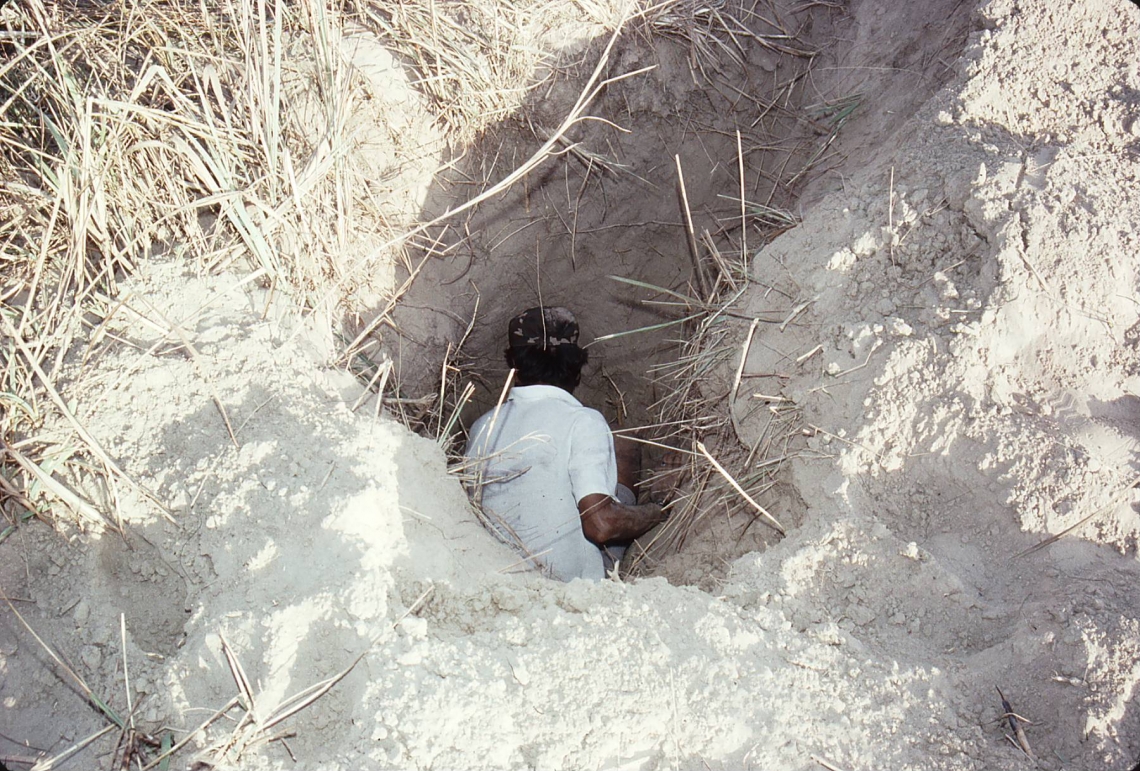
Sloth bear_M ursinus_Chitwan Nepal_excavation of underground termite nest 2 m deep_D Garshelis
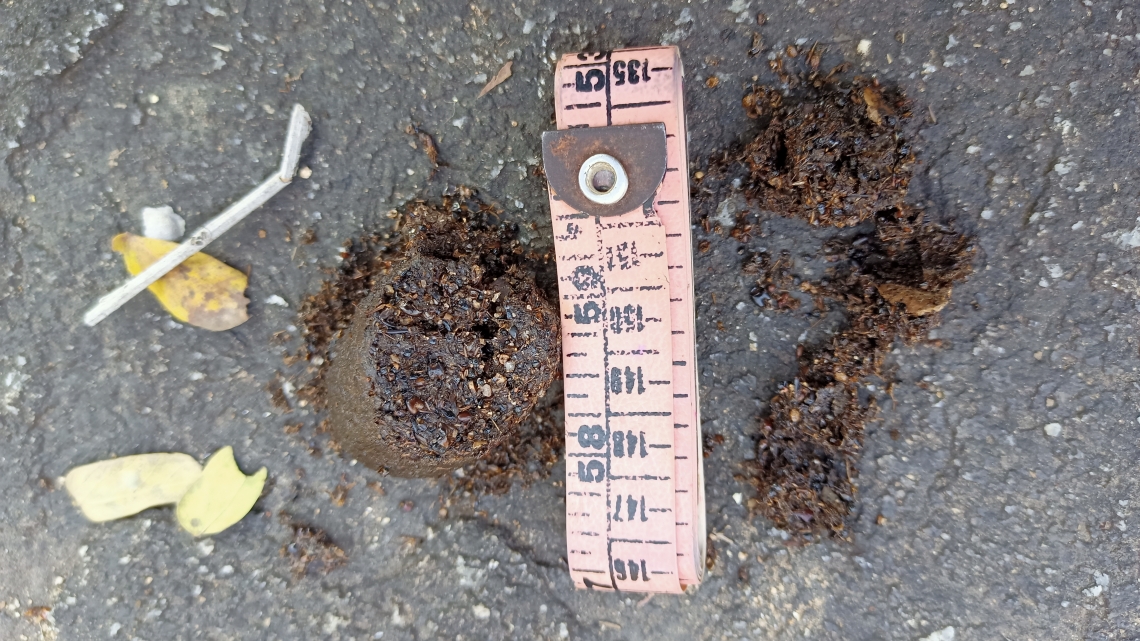
Sloth bear_M ursinus_Gujarat India_ scat with various seeds_Pratik Desai
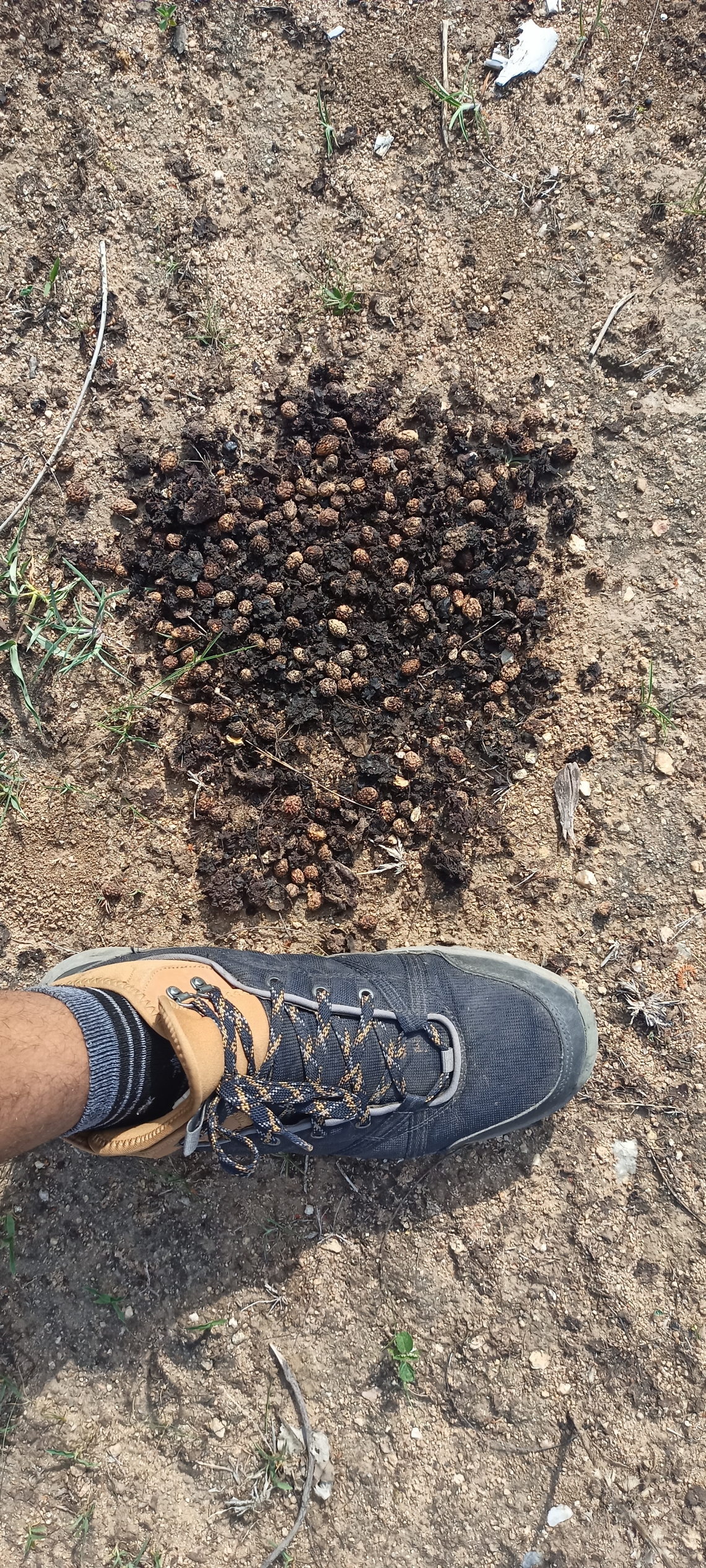
Sloth bear_M ursinus_Gujarat India_ scat with zizyphus seed_Pratik Desai
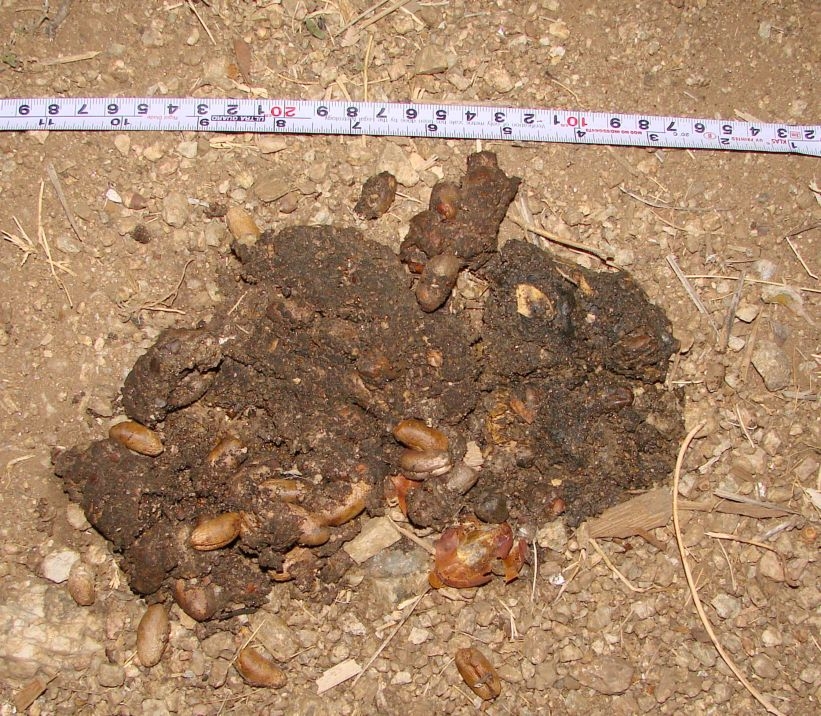
Sloth bear_M ursinus_Gujarat India_scat with date palm seed_N Dharaiya
Hibernation: Because food is available year-round, sloth bears do not need to hibernate. However, females give birth in dens, and fast for ~2 months during parturition and early cub nurturing; it is unknown whether hibernation-like physiological adaptions occur during this process, akin to bear species that hibernate in temperate environments.
Reproduction Sloth bears typically breed during May–July. Males mate with multiple females and females mate with multiple males, often in order of dominance (largest first). The first male to mate with a female is most likely to be the father the cubs. Birthing occurs during November–January. Breeding and birthing occur over a broader period in Sri Lanka. Litters are typically one or two cubs; three-cub litters are uncommon, likely because it is difficult for females to carry three cubs on their back. Cubs remain with their mothers for 1.5–2.5 years resulting in either a 2 or 3-year interbirth interval.